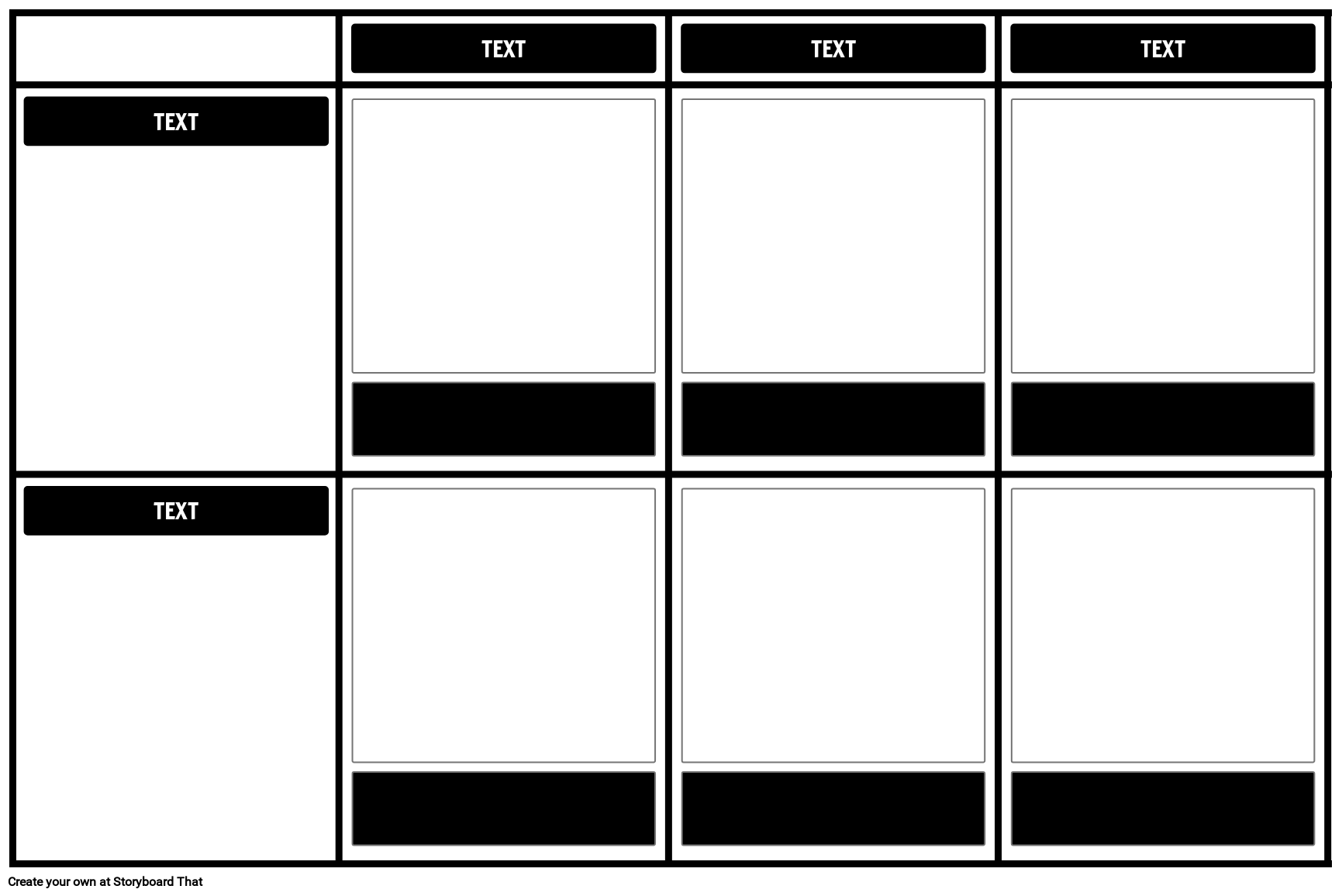Activity Overview
Sometimes, it is difficult for students to connect with themes in poetry until they put them into a real-world context. Consider the following activity for students to storyboard with "Stopping By Woods on a Snowy Evening".
Have students find inspiration in the world around them by taking a “nature walk”, either in school as a class, or at home on their own. Have students set aside one hour to find a place where they can think quietly and observe the world around them. Ask students to describe their experience with sensory imagery, writing down one thing for each sense, and document it in a storyboard as in the example.
Personal Connection Storyboard Example: The Beach
Sight
I saw the waves crashing into the rocks at high tide, almost reaching the sea wall. I saw seagulls lazily floating overhead, and I watched as a man with his dog played frisbee in the surf. The sunset was red, orange, and yellow, like fire.
Sound
I heard the sounds of a dog barking, and the seagulls cawing. I heard the laughter of small children, and car horns on the main road. I listened to the waves breaking evenly on the rocks.
Smell
I could smell the ocean, mixed with the smell of fried dough and barbecue from the restaurants near the boardwalk.
Taste
I smiled as I sipped my Del’s frozen lemonade and watched the sun go down. The lemonade was tart and cold.
Touch
The air was warm, the breeze was faint, and the sand was cool. As I walked along the water, the waves were cold as they washed across my feet.
Template and Class Instructions
(These instructions are completely customizable. After clicking "Copy Activity", update the instructions on the Edit Tab of the assignment.)
Student Instructions
Think about a time you were experiencing nature like the speaker in “Stopping By Woods on a Snowy Evening”. Identify and illustrate an example for each of your five senses.
- Click "Start Assignment".
- Choose a memory of a time you were out in nature.
- Create an image for an example that represents each sense.
- Write a description of each of the examples.
Lesson Plan Reference
- [ELA-Literacy/W/9-10/3] Write narratives to develop real or imagined experiences or events using effective technique, well-chosen details, and well-structured event sequences
- [ELA-Literacy/W/9-10/4] Produce clear and coherent writing in which the development, organization, and style are appropriate to task, purpose, and audience. (Grade-specific expectations for writing types are defined in standards 1–3 above.)
- [ELA-Literacy/W/9-10/6] Use technology, including the Internet, to produce, publish, and update individual or shared writing products, taking advantage of technology’s capacity to link to other information and to display information flexibly and dynamically
Rubric
(You can also create your own on Quick Rubric.)
| Proficient 25 Points | Emerging 21 Points | Beginning 17 Points | Try Again 13 Points | |
|---|---|---|---|---|
| Sensory Imagery | There are sufficient and accurate examples from the memory for each of the five senses, with appropriate artistic depictions and descriptions provided. | There are sufficient and accurate examples from the memory for four of the senses, with appropriate artistic depictions and descriptions provided. | There are sufficient and accurate examples from the memory for each of 2-3 senses, with appropriate artistic depictions and descriptions provided. Some of the elements may be confused or incorrect. | Most of the examples are missing, unclear, or too limited to score. |
| Final Overall Emotional Impression | The final overall emotional impression highlights the importance of the key sensory moments the student has chosen to describe. | The final overall emotional impression mostly highlights the importance of the key sensory moments the student has chosen to describe. Some of the explanation may be too vague or confusing. | The final overall emotional impression makes an attempt to highlight the importance of the key sensory moments the student has chosen to describe. The explanation may be too short or needs to be elaborated. | The final overall emotional impression is too minimal or limited to score. |
| Artistic Depictions | The art chosen to depict the scenes are appropriate to the sensory image being depicted, whether it be in art or with search pictures. Time and care is taken to ensure that the scenes are neat, eye-catching, and creative. | The art chosen to depict the scenes are appropriate to the sensory image being depicted, whether it be in art or with search pictures, but there may be some liberties taken that distract from the assignment. Scene constructions are neat, and meet basic expectations. | Most of the art chosen to depict the scenes are appropriate to the sensory image being depicted, but there are ambiguous or serious liberties taken that cause confusion. The student may not have paid much attention to detail in crafting each depiction, and there may be evidence of rushing or limited effort. | Most of the art chosen to depict the scenes are inappropriate, missing, or too limited to score. It is evident that the student did not put a lot of time, effort, and creativity into crafting each artistic depiction. |
| Quotes | Ideas are organized. Displays control of grammar, usage, and mechanics. Shows careful proofreading. | Ideas are organized. Contains few errors in grammar, usage and mechanics. Shows some proofreading. | Ideas are organized. Contains errors in grammar, usage and mechanics which interfere with communication. Shows a lack of proofreading. | Contains too many errors in grammar, usage and mechanics; (and/or) errors seriously interfere with communication. Shows a lack of proofreading. |
More Storyboard That Activities
Stopping by Woods on a Snowy Evening
- Del's Lemonade • roguelazer • License Attribution (http://creativecommons.org/licenses/by/2.0/)
© 2024 - Clever Prototypes, LLC - All rights reserved.
StoryboardThat is a trademark of Clever Prototypes, LLC, and Registered in U.S. Patent and Trademark Office






